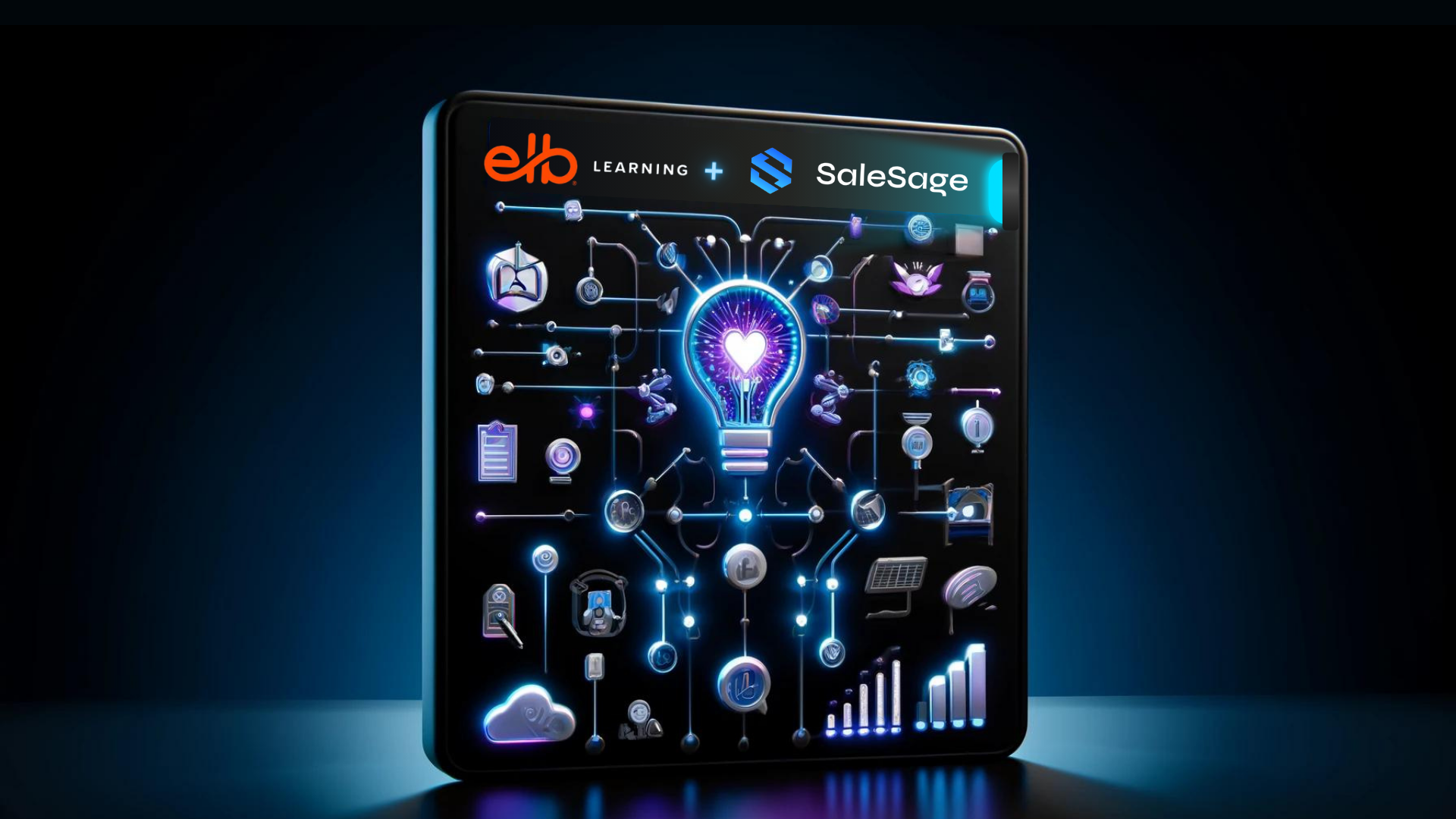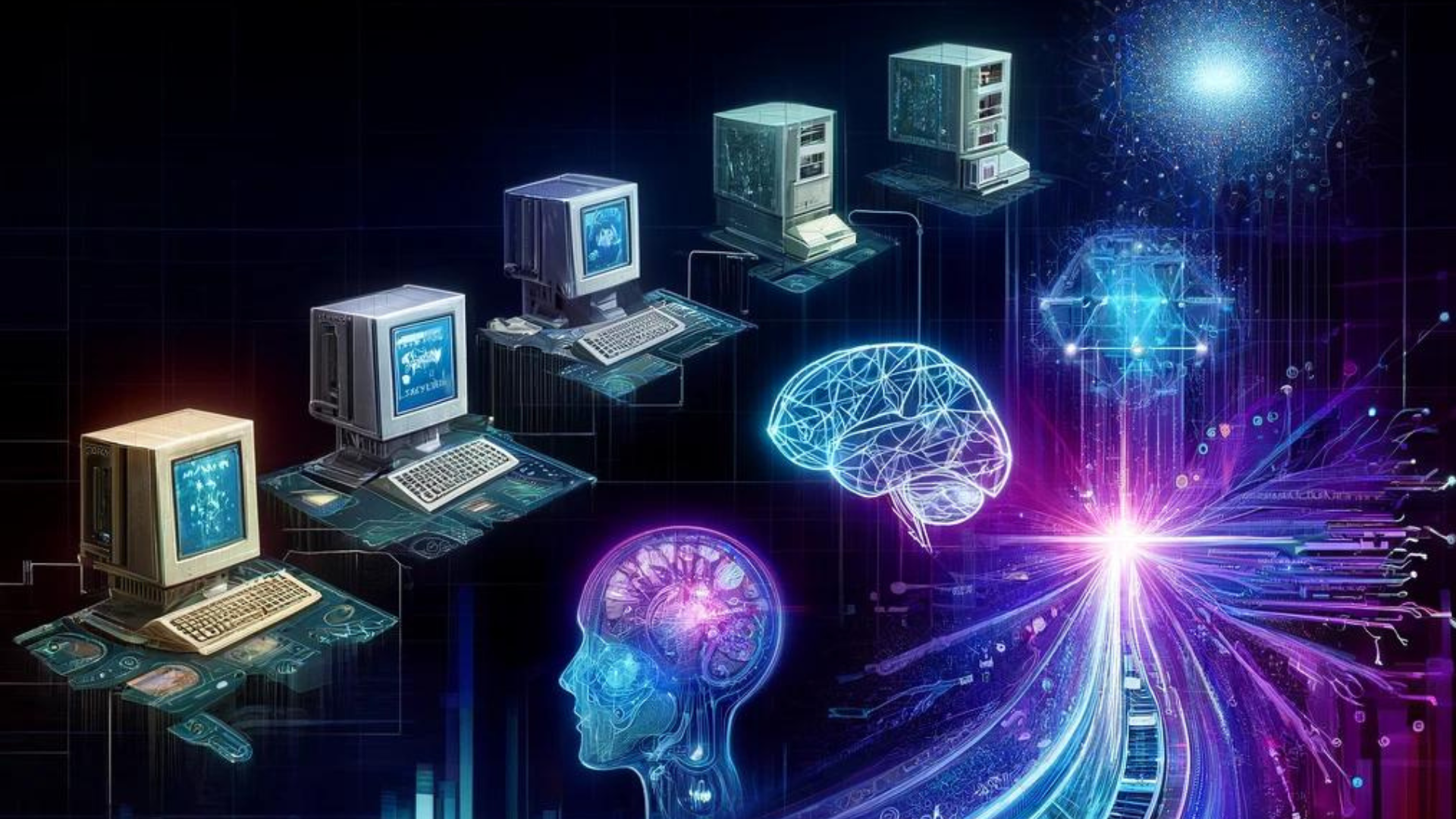The dawn of the artificial intelligence (AI) era is more than digitization and automation; it’s about crafting vibrant, resilient organizations that can harness AI to its fullest potential. Throughout this series, we’ve begun to unravel AI’s power, emphasizing our collective intelligence—human and AI—as our greatest asset. We’ve discovered that unlocking AI’s potential lies in utilizing it to enhance our abilities and amplify our collective capabilities.
Remember, this isn’t a sprint to develop a stagnant piece of technology. The real challenge is to prepare your team and company for rapid adoption and adaptation of emerging technologies, skills, and functions. A successful transformation hinges on a human-centered approach that begins with acknowledging the obstacles. Resistance and pushback from team members are common, but a cultural shift is crucial to effectively harness AI’s transformative power. Embracing this change will help us thrive in this new era of digital intelligence.
Read Part 1 of this series: Unleashing the Power of AI: Enabling an Augmented Enterprise >>
Read Part 2 of this series: Unleashing the Power of AI: Actionable Steps to Enablement >>
Read Part 3 of this series: Unleashing the Power of AI: The Rise of Augmented Intelligence Teams >>
Addressing Concerns Proactively
Here are some possible apprehensions and considerations
Fear of job displacement
Employees may worry that AI could make their roles or skills redundant. To address these fears, emphasize that AI augmentation aims to enhance human capabilities, automate mundane tasks, and free up time for teams to focus on more strategic work.
Lack of understanding or trust
Limited knowledge of AI can breed skepticism. Transparently communicate how AI works, its limitations, and potential benefits. Building trust through communication and showcasing successful use cases can help ease concerns.
Resistance to change
People are naturally resistant to change, and introducing AI can disrupt existing workflows and processes, leading to resistance. Involving team members in decision making, providing clear explanations for changes, and supporting them during the transition can help mitigate this resistance. Encouraging open communication and feedback channels will allow for adaptation of the implementation strategy as needed.
Skills and training gaps
The integration of AI may necessitate upskilling. Identify and address these gaps with targeted training programs, workshops, or resources to help employees gain the required knowledge and skills.
Impact on collaboration and dynamics
AI can alter team dynamics and collaboration. Engage in open dialogue, involve team members in the design and implementation processes, and encourage feedback to ensure smooth collaboration and mitigate concerns.
Technical challenges and adoption barriers
Implementing AI can present technical issues like integration complexities, data quality, or interoperability issues. A well-defined implementation plan, technical support, and adequate training can help overcome these obstacles.
By proactively addressing these challenges and concerns, organizations can foster an environment encouraging team members to embrace AI augmentation, harmoniously combining their skills with AI technologies for enhanced productivity and success.
Creating Psychologically Safe Spaces
As organizations embark on the journey of AI implementation, the transformation can elicit various responses from the team members, including fear, resistance, and uncertainty. Cultivating psychological safety is crucial for encouraging open dialogue, innovation, and accepting change.
In fostering an environment for a successful AI transformation, it is imperative to prioritize open communication, learning, collaboration, experimentation, and inclusion. Create avenues for team members to freely express ideas, concerns, and feedback without fear of judgment or backlash. As a leader, set the tone by being vulnerable and open to learning from mistakes, cultivating trust and safety.
See the integration of AI not as a threat but as an opportunity for growth. Empower your team to acquire new skills, explore AI technologies, and share their knowledge with others. This learning culture should be reinforced with adequate resources, training, and support.
Promote collaboration and teamwork by nurturing shared goals and a sense of collective responsibility. Encourage cross-functional teamwork and celebrate collective efforts to drive innovation. Highlight the importance of learning from failures and promote a growth mindset, viewing setbacks as stepping stones towards improvement rather than personal shortcomings.
Provide psychological support to acknowledge and address any potential anxieties associated with the AI transformation. Consider employing support mechanisms like mentoring, coaching, or counseling to assist team members in navigating any emotional or psychological difficulties they may encounter during the transition. Additionally, promote self-care and stress management practices to ensure the team’s overall well-being.
Recognition of individual and team contributions should be a regular practice. Celebrate success stories, share best practices, and acknowledge the efforts and achievements of each member during the AI transformation journey, creating an inclusive environment that values individual and collective contributions.
Lastly, be vigilant of potential biases in AI systems and processes. Encourage discussions around fairness, transparency, and accountability in AI algorithms and decision making, ensuring the inclusion of diverse backgrounds and perspectives in the AI transformation process. By adopting these strategies, you can foster a psychologically safe environment conducive to AI transformation where team members feel supported, included, and empowered.
Conclusion
As we usher in the era of AI, it’s essential to remember that this transformation isn’t merely about technology but the people wielding it. AI has the power to amplify our collective capabilities, but its successful integration requires a human-centered approach. As leaders, we should focus on fostering an environment that encourages open communication, continuous learning, collaboration, experimentation, and inclusion. By proactively addressing concerns, promoting psychological safety, and celebrating contributions, we can navigate the challenges of AI transformation and unlock the full potential of AI. By leveraging our collective intelligence, both human and artificial, we are better equipped to adapt, innovate, and excel in the age of the augmented enterprise.
Read Part 1 of this series: Unleashing the Power of AI: Enabling an Augmented Enterprise >>
Read Part 2 of this series: Unleashing the Power of AI: Actionable Steps to Enablement >>
Read Part 3 of this series: Unleashing the Power of AI: The Rise of Augmented Intelligence Teams >>

Michael Hruska
Michael Hruska is president and chief executive officer of Problem Solutions. He is a technologist and design thinking (DT) practitioner with experiences spanning across standards, emerging technologies, learning, and science. He is a former researcher at the National Institute of Standards and Technology (NIST). Mike provides technology, business model and innovation solutions to Fortune 500, Government and startup companies. He researches, strategizes, designs, and makes advanced technology solutions and products. His team has built award winning products and delivered solutions that support millions of users and billions of hits of daily web traffic. Michael’s experience spans the continuum between advanced research on adaptive learning ecosystems and emerging technology solution/product design in a variety of industries.

Dr. Christina Barss
Dr. Christina Barss is an experienced industry subject matter expert (SME) in improvement sciences and organizational culture change. Her unique blend of practical, academic, and art perspectives creates custom operational and employee engagement solutions that transform the bottom line. Dr. Barss’ 12 years in healthcare were filled leading strategic enterprise-level initiatives to improve patient safety, quality, service, and innovation as well as teaching and coaching executives. From C-suite to frontline, she connects seamlessly and guides others in building trust bridges. Her continuous improvement science foundation began in the manufacturing industry. She presents nationally and internationally on design thinking, change management, organizational culture, corporate learning, executive education, and succession planning.






